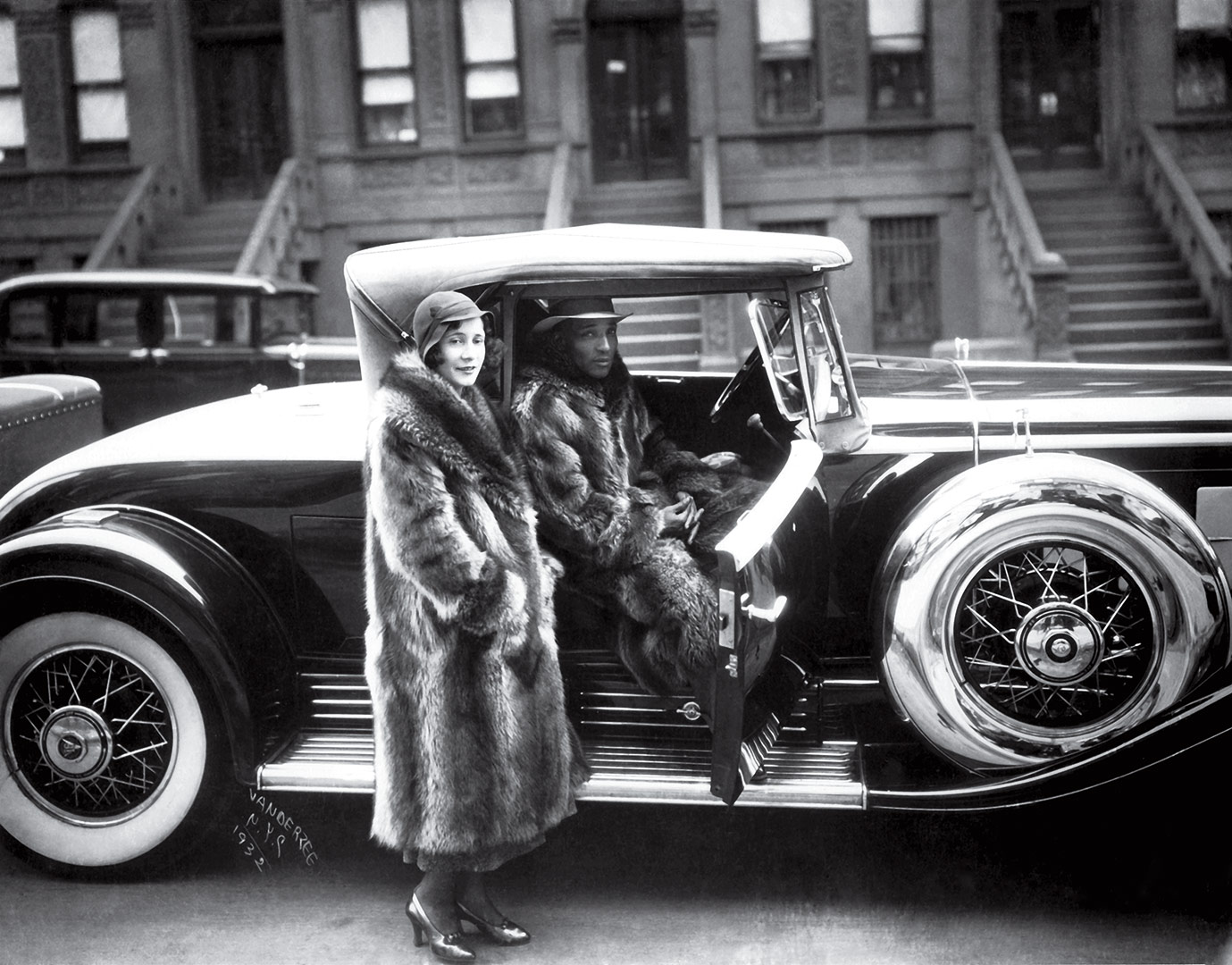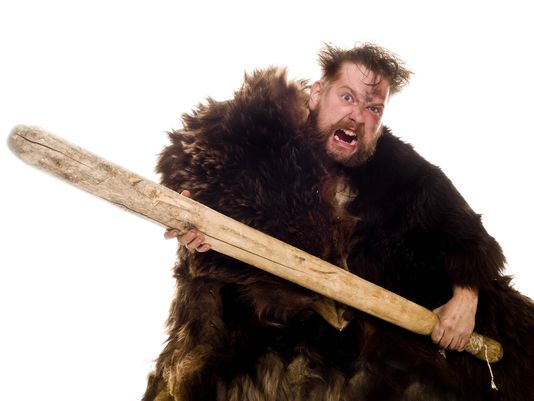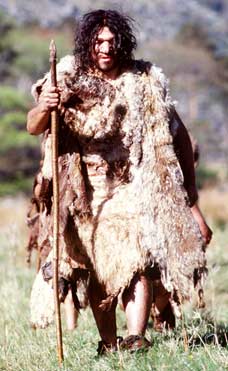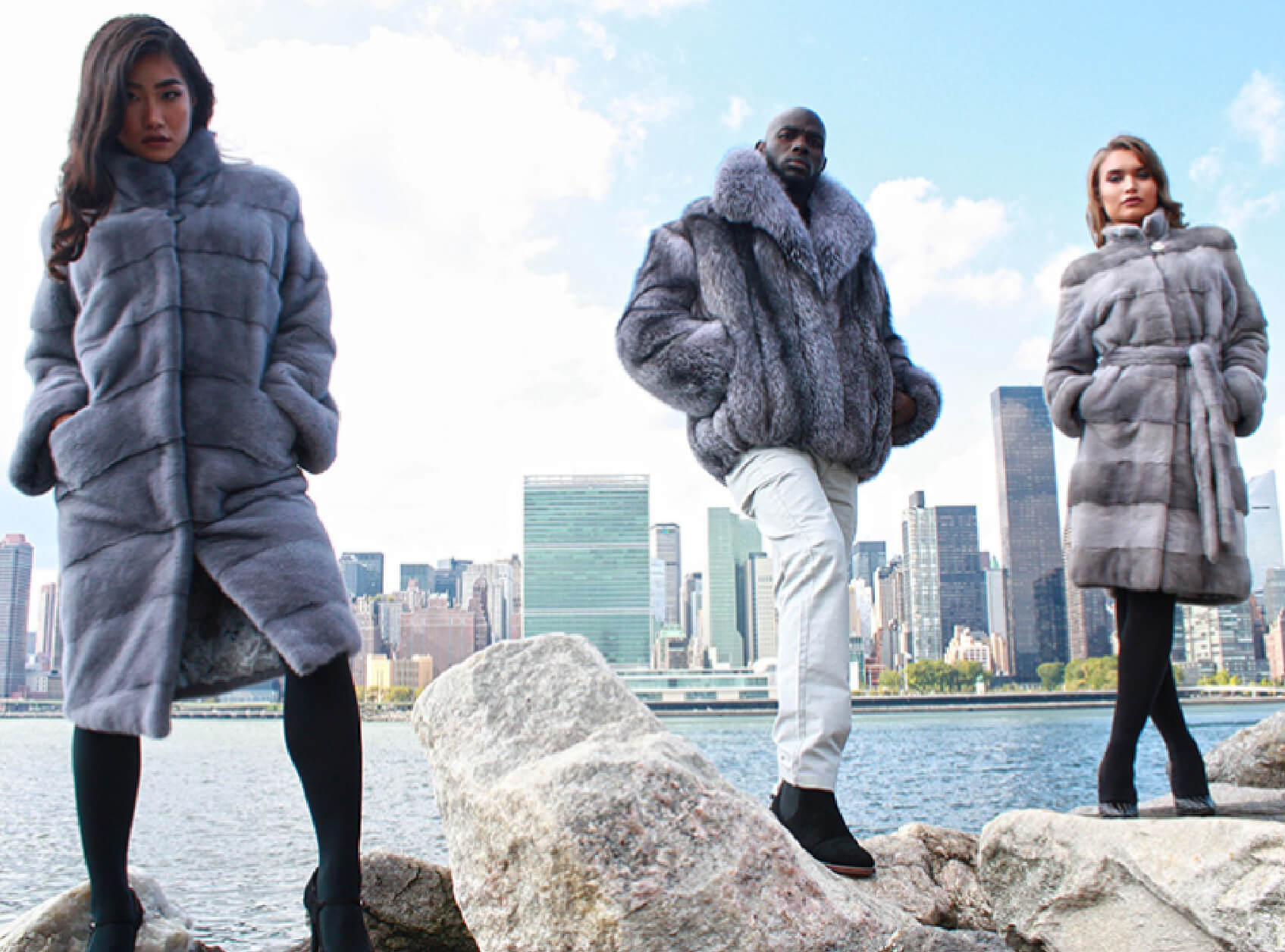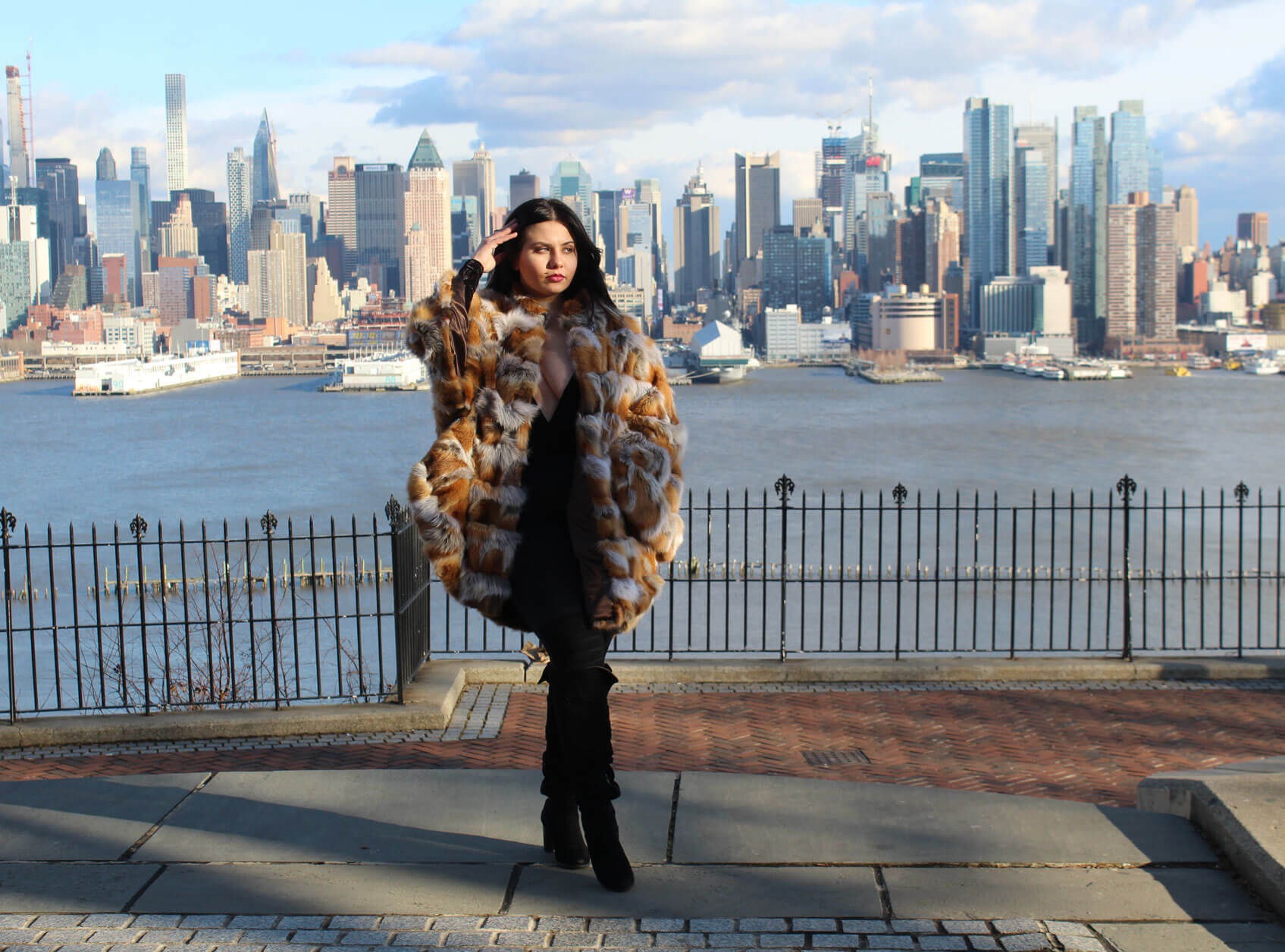History of the Fur Trade
Facts About the History of Furs
Certainly! Here is a list of 100 key points and facts about the history of the fur trade:

Vintage Furs
- The fur trade is the commercial activity of buying and selling animal fur.
- Fur has been used by humans for thousands of years for clothing, shelter, and trade.
- Indigenous peoples, such as Native Americans and Inuit, were early participants in the fur trade.
- Fur-bearing animals include beavers, otters, minks, foxes, martens, and many others.
- Fur trading initially developed as a local or regional exchange among indigenous peoples.
- European exploration in the 15th and 16th centuries increased demand for furs in Europe.
- Beaver fur was highly prized for making felt hats, which were fashionable in Europe.
- The fur trade played a significant role in early colonial economies in North America.
- The Hudson’s Bay Company (HBC) was founded in 1670 and became one of the largest fur trading companies.
- The North West Company was a rival to the HBC and operated in the same regions of North America.
- Trappers and fur traders often had to endure harsh conditions and travel long distances.
- Fur traders established trading posts and forts in North America to facilitate trade.
- Fur trappers learned trapping techniques from indigenous peoples.
- Fur traders used various types of traps, including leg-hold traps and snares.
- The fur trade helped facilitate cultural exchange between Europeans and indigenous peoples.
Fur coat Cultural Dissonance
- The fur trade also led to the spread of diseases among indigenous populations, causing devastating epidemics.
- The fur trade routes extended deep into the wilderness, known as the “voyageurs’ highways.”
- Voyageurs were French-Canadian fur traders and canoeists who played a vital role in transporting furs.
- Canoes were the primary mode of transportation for fur traders in North America.
- The fur trade had a significant impact on the exploration and mapping of North America.
- The fur trade contributed to the development of the fur rendezvous system, where trappers met annually to sell their furs.
- The demand for furs led to overhunting and the near-extinction of some fur-bearing animals.
- Trapping seasons were often limited to specific times of the year to protect animal populations.
- The fur trade expanded into the Pacific Northwest, where sea otters were highly sought after for their fur.
- The American Fur Company, founded by John Jacob Astor, became one of the largest fur trading companies in the United States.
- Fort Astoria, established by John Jacob Astor’s company, was one of the first American settlements on the Pacific Coast.
- The fur trade played a role in the westward expansion of the United States.
- Mountain men, such as Jedediah Smith and Jim Bridger, were legendary figures in the American fur trade.
- The fur trade influenced the naming of geographic features, including rivers, mountains, and lakes.
- The Oregon Trail, a famous pioneer route, followed some fur trade routes.
- The beaver population in North America declined significantly due to trapping.
- Fur traders often faced competition and conflicts with indigenous groups over territory and resources.
- Many indigenous peoples became dependent on European goods traded in the fur exchange.
Fur Coats for cavemen
- The fur trade contributed to the spread of firearms among indigenous peoples.
- Trading posts often became centers of cultural exchange, where languages, foods, and customs were shared.
- In the early 19th century, the fur trade began to decline due to changing fashion trends and the depletion of fur-bearing animals.
- The decline of the fur trade led to the diversification of fur trading companies into other industries.
- Fur traders faced risks such as harsh weather, animal attacks, and isolation.
- Hudson’s Bay blankets, known for their distinctive stripes, were popular trade items.
- Fur traders used symbols and marks to identify their traps and goods.
- The fur trade contributed to the development of winter clothing, such as the parka and moccasin.
- Fur trading was often associated with adventure and exploration in popular culture.
- The fur trade played a role in the economic development of Canada and the United States.
- Russian fur traders established colonies in Alaska.
- The Russian-American Company controlled the fur trade in Alaska during the Russian colonial period.
- Russian fur traders hunted sea otters, seals, and other marine mammals for their pelts.
- The Russian Orthodox Church played a significant role in Russian America.
- Russian America was sold to the United States in 1867, leading to the establishment of Alaska as a U.S. territory.
- The fur seal industry had a significant impact on the ecology of the Pribilof Islands in Alaska.
- Fur trading in Asia involved the hunting of sables, sika deer, and other valuable fur-bearing animals.
- The Qing Dynasty in China regulated and taxed the fur trade with Russia.
- Chinese emperors and nobility wore fur-lined robes as a symbol of status.
- Fur trading routes connected Siberia to China and Europe.
Mink Fur Mystique Equals Desire Marc Kaufman Furs
- The fur trade in Siberia led to the exploration of vast regions of Russia.
- The French established a fur trading post in what is now St. Louis, Missouri.
- The French fur trade expanded into the Mississippi River Valley.
- The fur trade played a role in the rivalry between the French and British in North America.
- The Treaty of Paris in 1763 ended the French and Indian War and transferred Canada and much of the fur-rich territory to British control.
- The fur trade continued under British rule in Canada.
- The Hudson’s Bay Company and North West Company merged in 1821 to form the Hudson’s Bay Company.
- The fur trade contributed to the development of the fur brigade system, which transported furs and supplies by canoe.
- Indigenous women often played essential roles in fur processing, including cleaning and sewing furs.
- Furs were transported by ship to Europe, where they were sold at fur auctions.
- Beaver fur top hats were particularly popular in the 18th and early 19th centuries.
- The fur trade had a significant impact on the economies of Quebec and the Canadian provinces.
- The fur trade contributed to the spread of Christianity among indigenous peoples.
- The North West Mounted Police (predecessor of the Royal Canadian Mounted Police) played a role in maintaining order in the fur trade territories.
- The Hudson’s Bay Company’s York Factory was a major trading post on Hudson Bay.
- The fur trade influenced the design of trading post buildings, which often featured distinctive architecture.
- Fur traders often married indigenous women, leading to the development of the Métis culture in Canada.
- The fur trade declined in the mid-19th century but experienced a revival in the late 19th century.
- The fur trade in the American West involved trapping animals such as beavers, muskrats, and raccoons.
- Trappers and mountain men operated in the Rocky Mountains and other western regions.
- The fur trade played a role in the early history of California, where sea otters were hunted for their fur.
- The fur trade had a significant impact on the fur-bearing animal populations of the Great Lakes region.
- The fur trade influenced literature and art, including the works of James Fenimore Cooper and Charles M. Russell.
- The fur trade had a lasting impact on the cultural identity of indigenous peoples in North America.
- Indigenous art often incorporates motifs related to the fur trade, such as animal designs and trade goods.
- The fur trade is portrayed in historical reenactments and festivals in North America.
- French fur traders established fur trading posts in the Mississippi Valley, including Fort de Chartres and Cahokia.
- The fur trade played a role in the exploration of the Mississippi River by European explorers.
- The fur trade was closely tied to the fur fashion industry in Europe, which dictated the value of furs.
- Russian fur traders established trading posts in Siberia and Alaska.
- The fur trade influenced the development of trade networks and routes in North America.
Magnificent Furs from NYC
- European furriers were skilled craftsmen who processed and sewed furs into garments and accessories.
- The fur trade contributed to the depletion of fur-bearing animal populations in many regions.
- Fur traders often faced competition from other traders and companies.
- The fur trade in Canada expanded into the interior of the continent, including the Rocky Mountains.
- Indigenous peoples were often paid in trade goods such as blankets, beads, and metal tools.
- Fur trading posts served as centers for barter and exchange between traders and indigenous peoples.
- Indigenous peoples often used every part of an animal they trapped, including the meat, bones, and hide.
- The fur trade led to the development of trade languages, such as Chinook Jargon in the Pacific Northwest.
- The fur trade influenced the design and construction of canoes used for transportation.
- Hudson’s Bay Company employees were known as “servants” or “gentlemen” depending on their rank.
- The fur trade had a significant impact on the fur-bearing animal populations of the Canadian North.
- Many famous explorers, such as Lewis and Clark, were involved in the fur trade before their expeditions.
- The fur trade contributed to the development of trading routes in the Canadian Arctic.
- Fur trapping and trading became the subject of numerous books and films.
- The fur trade is often associated with tales of adventure, wilderness survival, and exploration.
- Today, the fur trade continues as a global industry, with regulations aimed at protecting animal welfare and conservation.
Magnificent Red Fox Cape NYC Background
This list highlights the rich and multifaceted history of the fur trade, which spans continents and centuries, impacting economies, cultures, and the environment.
